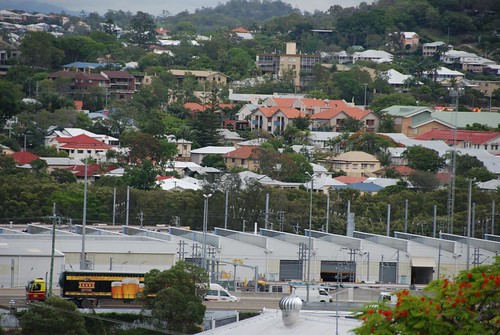Many observers are concerned urban sprawl is sterilising prime
vegetable-growing land in the peri-urban areas around our major cities.
For example, The Age’s editorialist, alarmed by reports
the Bailleau Government is about “to extend suburban Melbourne to
vegetable growing areas”, is seriously worried about food security.
The paper says agricultural land in two outer suburbs in particular –
Werribee and Casey – is “in the front line of urban expansion now that
the Baillieu government intends to review the growth boundary every two
years.” The paper quotes RMIT planning academic Michael Buxton:
We’ve already built over the best soils in this state …Why would you keep building over it and subdividing it when in the next 50 years we’re facing an era of incredible uncertainty and major changes to climate, to food supplies and to energy markets?
Food security is an important issue in its own right but before we
can begin to address how it relates to sprawl we need to get some base
information about the importance of agriculture in peripheral-urban
areas. As with most political discussions, the other side of the
argument is often neglected.
Here are some pertinent figures, mostly drawn from an article I wrote nearly two years ago on this issue:
- The Australian Natural Resources Atlas shows the area of land used nationally for urban development amounts to just 0.5% of the area of land used for agriculture.
- An estimate by the Australian Collaborative Land Use Mapping Program puts the ratio of urban land to agricultural land at 2.8%.
Moreover, according to this report,
between 1976 and 2009, the area of land in Australia devoted to farming
and grazing declined by 33%, while the population grew from 13 million
to 22 million. Most of the reclaimed land was shifted into a
“conservation and natural environment classification”.
read more
read more
 |
| Urban sprawl in Brisbane, Queensland Australia, by Leonard John Matthews |
more about urban sprawl:
No comments:
Post a Comment